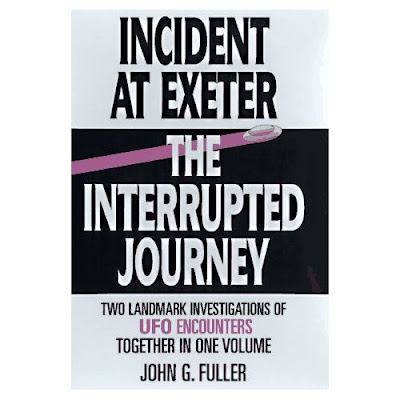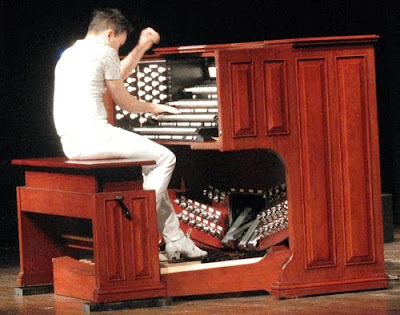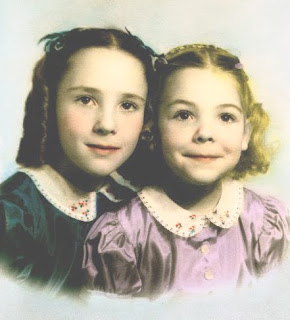
Probably my favorite pastime in Turkey was looking for items that were not "run-of-the-mill" tourist trinkets but were things used in the course of a day by "run-of-the-mill" Turks. I brought home lots of little goodies, one of which is the cane shown above.
I purchased it on one of my forays into the highways and byways - I think this time maybe it was in the interior of Turkey somewhere around Sile or Catalhoyuk. Why did I want a cane? Because I saw it, or one like it, being used by a man in the town and I had a Turkish speaking friend ask him where I could purchase one like it. What drew me to it was that first of all it was a very substantial cane, and although hand carved, it definitely wasn't a show-off cane. I might call it folk art - but I don't think it even fits that description. It is a functional cane with a bit of hand-carved decoration on it. I brought it back to the US when we came home and it has always had a place of honor next to my living room door where everyone can see it.
Does it have a use? Absolutely, though not because I am in need of it, yet. Our first use of it was to carry with us when we took our dog Bucky for a walk at night. We lived in a fairly safe neighborhood so I wasn't thinking of it as "protection" for myself but just to have in the event of meeting some stray dog and needing to break up a dog fight. That never happened, for which I was very grateful. The Southern California love affair with pit bulls hadn't started yet.
I gave it to my father to use as he got older. He had started falling down and absolutely refused to use a walker. He was living in an assisted living home and I thought perhaps he would like to show this cane off to the other residents and thus camouflage his need of using it to help his walking. He was such a prideful man that he would rather have fallen flat on his face than admit he used a cane. But at least it was there to serve the purpose if he ever relented. (He didn't).
Upon his death I brought it back to my house, where it has sat pretty much unused and unnoticed behind the door.
You all know that we live in a big senior complex that has lots of walking space. I admit that I think a lot about walking but have a hard time prying myself off the computer to do much about it. However, one thing I've noticed recently is that many of the women who walk in this area now carry a cane, umbrella, golf club or a big stick when they walk around. The only reason I can think of this new trend (which actually doesn't look very trendy in the way a Coach purse looks trendy) is that not too many weeks ago our apartment manager delivered a memo to each apartment that said something to the effect that in light of the dire unemployment figures and the economy in general, crime has risen and all residents are urged to keep their front door locked, their porch lights on all night, and to keep their eyes open even in the daylight when they are walking around our development.
About a year ago I decided I needed a can of pepper spray to keep on my key ring, "just in case." About a year earlier than that I had decided that while I have never been a fearful person as far as going out at night, that I would specifically stop going to shopping areas after dark.
So I have decided that if I ever work up a mindset that exercise will be fun and beneficial to me (the latter I already know, but the fun? Unlikely) - and maybe necessary, then I will have my club of choice ready to take with me. One whack with my Turkish cane would have the effect of being clubbed, believe me. It is a heavy, solid wood and it would make even a raging pit bull see stars. I hate to think this is what we have come to here in Southern California, although it is not only here that has problems like this. Jer has a golf club in his car if he cares to use it. And of course in the meantime the cane is still going to sit beside my front door; if anyone tries to force their way in we'll be ready for them.
But my ultimate goal is to use that thing myself if and when it becomes physically necessary. I think I'll have to shorten it a bit, but unlike my father, I'd be far more embarrassed about falling down than using my really lovely Turkish cane, even if it isn't all that sylish.






























